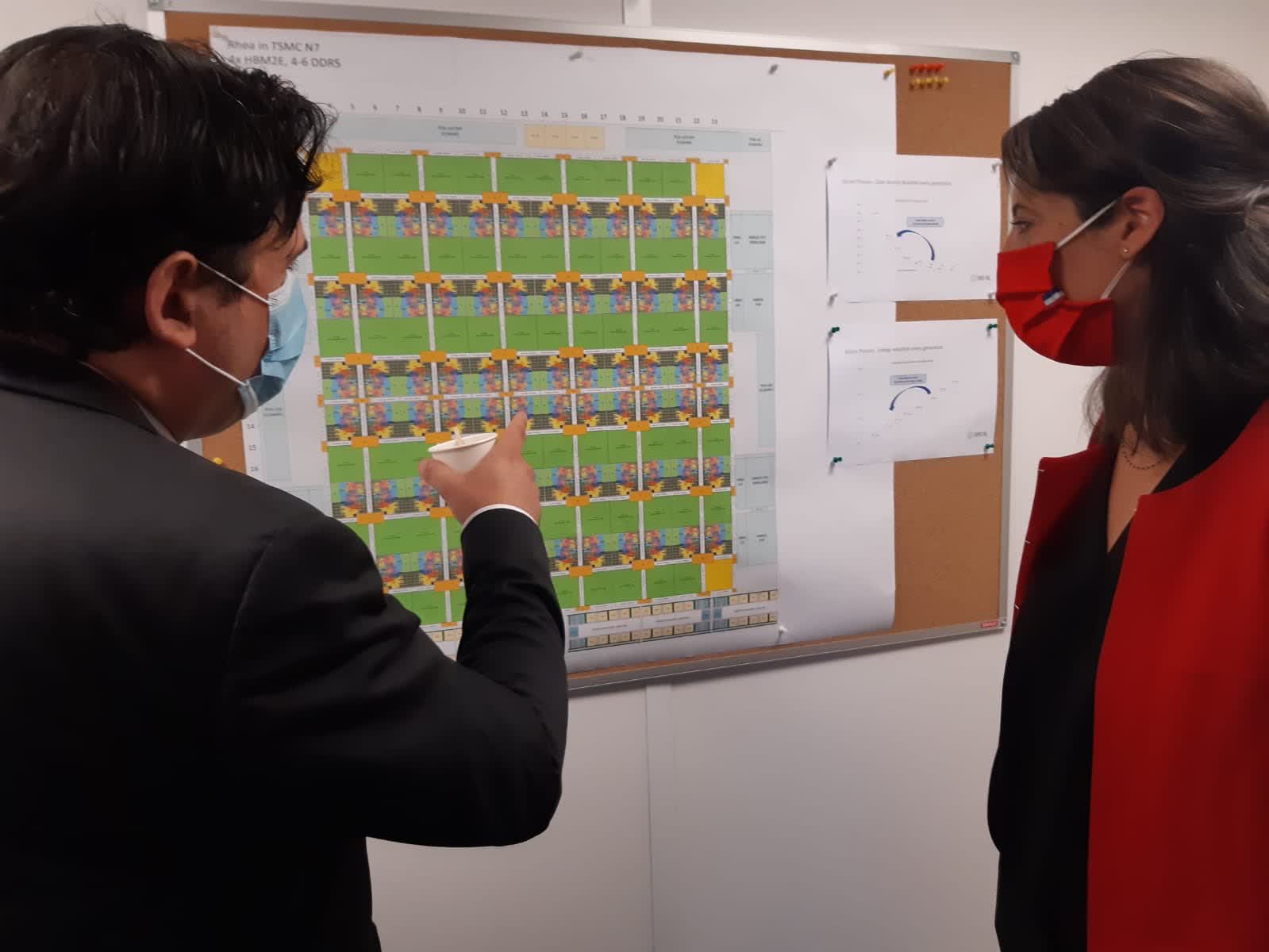The big picture: More than half of European Union countries are joining forces to accelerate the development of advanced semiconductors for a wide variety of applications — from consumer electronics to self-driving vehicles, machine learning, and supercomputers. While the US and China are battling for technological supremacy, the EU is pouring $175 billion into catching up and reducing its dependence on either region.
The United States and China are headed for a decoupling of manufacturing and technological research and development, even if the two countries may very well continue trade well into the future.
The distancing wouldn’t be an absolute divorce, but the process has already started, with manufacturing companies slowly downsizing their operations in China and moving them to neighboring countries in Asia and other regions. The US government is planning to implement a so-called “Clean Network” plan that could lead to a “splinternet,” and China is pouring enormous financial resources into domestic companies that could elevate it to a better level of technological self-sufficiency.

While the US and China are busy with a seemingly never-ending trade war, the European Union is seizing the opportunity to advance its technological capabilities down to the silicon powering the digital transformation we’re seeing across consumer, enterprise, and industrial ecosystems.
This week, 17 member countries, including Germany, France, Spain, Italy, and Romania, signed a joint declaration to foster research and development across the entire technological chain, from semiconductor manufacturing to the assembly of electronics and embedded systems. The plan will also involve a rapid digitalization of public infrastructure and healthcare systems and fast-tracks the rollout of broadband and 5G network services.
To that end, the EU will allocate no less than €145 billion ($175 billion), or approximately one-fifth of the bloc’s Recovery and Resilience Funds. Some of that will go towards an ambitious plan to develop manufacturing capacity for chips using 2 nm process nodes, but that could take several years to materialize.

In the meantime, two major projects are slated for a tentative 2021 release. The first is a family of RISC-V processors, codenamed “Rhea,” currently under development by the European Processor Initiative. The second is a hyperscale cloud project called Gaia-X, which has enlisted support from several local companies, including Deutsche Bank, Siemens, Bosch, Telekom, and SAP.
Currently, the EU is heavily reliant on chip imports and only captures around 10 percent of the global semiconductor market, valued at $533 billion. The new initiative aims to significantly improve the EU’s market position by 2025, leading to a completely different silicon landscape by the end of this decade.
